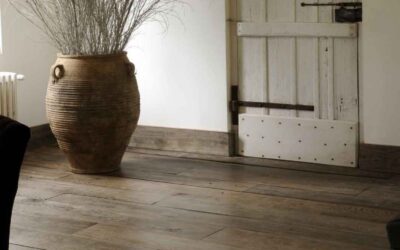Many New Zealand homes have native timber floors. They are known to be reasonably hard-wearing (although many species do often show dents from wear). In many cases this flooring needs to be extended or refurbished and often the cost to do so can be prohibitive.
Alternative options are to introduce an overlay timber flooring to the home. As such, we are often asked about the hardness of European Oak compared to New Zealand native timber floors.
The Janka scale is used to measure the hardness of wood and compare the relative hardness of different species. It is determined by pressing a small steel ball into the wood with a set amount of force and measuring the depth of the indentation. This measure is expressed as an lbf value (pounds of force).
European oak has a high rating on the Janka scale, making it a durable choice for flooring. In comparison to other types of timber, such as pine and fir, European oak ranks relatively high on the scale. Some New Zealand native timbers, such as totara and rimu, also rank relatively high on the Janka scale. Other native timbers, such as kauri and matai, rank lower on the scale and may be less resistant to wear and tear.
The following shows a comparison of New Zealand Natives and other popular species:
• Maple: 1,450 lbf
• Brazilian cherry: 2,820 lbf
• Jarrah: 2,020 lbf
• Teak: 1,155 lbf
• Totara: 2,040 lbf
• Rimu: 1,010 lbf
• Kauri: 890 lbf
• Matai: 940 lbf
• European Oak: 1,350 lbf
Compared to most New Zealand natives, European timber rates much higher on the Janka hardness scale.
The Janka scale is just one factor to consider when choosing timber flooring, as other factors such as appearance, price, and availability may also be important. However, the Janka scale can help you choose a durable and suitable type of flooring.


